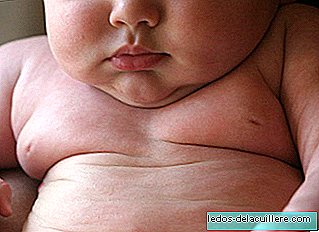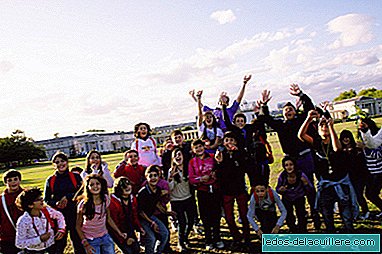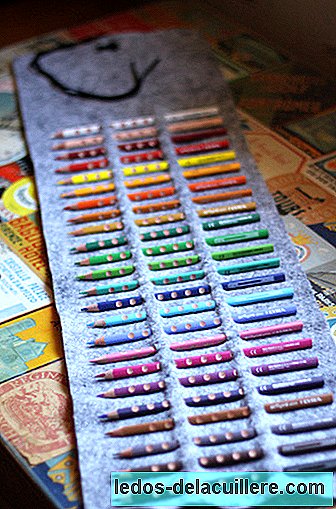
With TV or without TV? With punishments if they don't eat everything, rewards if the opposite happens? Do we talk about what happened to us during the day with the children? The way we interact with our children at lunchtime can tell a lot about each family and an interesting study approaches this routine at home.
From his reading the question arises with which we head this article: How do family interactions influence children at mealtime? They influence a lot and if not, take a look at the results.
What surprised me most is to see that of 40 families, 50% had at the time of eating the television set, the mobile phone or a tablet. The presence of electronic devices is considerable and what consequence is derived? In these cases, as expected, attitudes of slowness and distraction in children predominate.
It's about a study environment during mealtime in childhood, an observational study on the socialization that parents exert on children from three to seven years at that time of day, conducted by the DKV Institute of healthy living.
It has studied family interactions at lunch or dinner, gathering the strategies that fathers and mothers use to influence their children's behavior while they eat and their response, within the context of the time of The food at home.

In general, two different situations are found when eating with the family. Which one do you fit into?
Environment in situations where a conversational dynamic predominates. One or both parents eat with their children and there is interaction and conversation between them. There is less presence of toys and television during the meal. The taste for eating and trying new foods is incorporated. Parents use fewer and more concrete strategies to achieve their goals. In short, the pleasant and relaxed atmosphere and the most satisfactory dynamics.
Ambience in situations with a dynamic focused on the act of eating. Children may or may not eat together with parents. There is focus of the parents on the fact of eating itself. There is presence of toys or television programs during the meal and an attitude of greater dispersion of the child. In this situation, parents do not enjoy mealtime and use all kinds of strategies for the little one to eat, without obtaining the desired results. In short, there is a tense environment and a more unsatisfactory dynamic.
I am glad that at home we are, almost always, in the first case of dynamics, the conversational. We never have TV or electronic devices, but it is true that sometimes (the least, fortunately), when the food is not to the liking of any of my daughters, we turn to the second environment.
In any case, it is a very interesting document that gives rise to reflection and helps us understand what happens when it comes to eating with our children on many occasions. If you find that at home the dynamics centered on the act of eating predominate and that moment is quite unsatisfactory, do not forget to take a look to understand what strategies would help us change that.
Because, even if we don't realize, family interactions do not stop at the time of sitting at the table and are very important for the reaction of our children. We influence them and their way of acting on any occasion, also at lunch or dinner.












